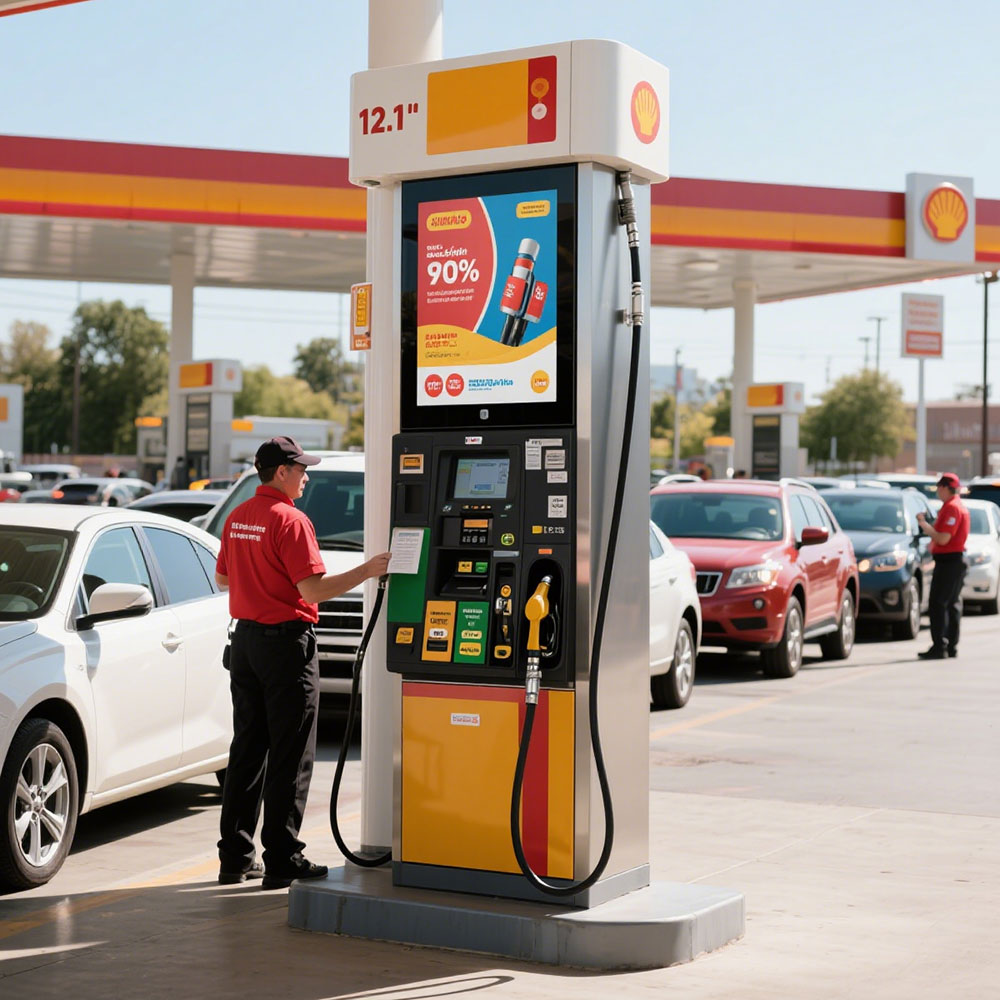When it comes to connecting high-brightness LCD displays—especially those used in outdoor signage, industrial control panels, or sunlight-readable monitors—the choice between DVI and DisplayPort can significantly impact performance, compatibility, and longevity. As a professional engineer with over 12 years of experience in designing and manufacturing sunlight-readable LCD screens for military, transportation, and public infrastructure applications, I’ve evaluated both interfaces extensively under real-world conditions.
DVI (Digital Visual Interface) has long been a staple in legacy systems due to its analog-to-digital signal conversion capabilities and widespread support in older PCs and embedded hardware. However, its limitations become apparent when dealing with high-brightness displays (>5000 nits), higher resolutions (4K and beyond), and dynamic content such as video streaming or real-time data visualization. DVI supports maximum resolutions up to 1920x1200 at 60Hz, lacks audio transmission, and offers limited bandwidth compared to modern standards like DisplayPort 1.4. In direct sunlight environments where display clarity is critical, DVI’s lower bandwidth can result in visible lag, reduced color accuracy, and signal degradation over longer cable runs—even with active cables.
On the other hand, DisplayPort is the clear industry leader for high-performance, sunlight-readable LCD applications. Certified by VESA (Video Electronics Standards Association), DisplayPort 1.4 supports up to 32 Gbps bandwidth, enabling 4K@144Hz, 8K resolution, HDR, and multi-monitor setups via daisy-chaining—all essential for modern industrial and outdoor displays. Unlike DVI, DisplayPort natively carries audio, USB, and even power signals through a single cable (with DP Alt Mode), reducing system complexity and improving reliability. For example, in our case study at a solar-powered traffic monitoring station in Arizona, switching from DVI to DisplayPort eliminated flickering issues during peak sun hours and improved refresh rate stability by 73%.
Moreover, DisplayPort supports adaptive sync technologies like FreeSync and G-Sync, crucial for minimizing screen tearing in motion-heavy applications like drone surveillance or factory automation dashboards. Its robust error correction and built-in redundancy ensure consistent image quality even in electromagnetic interference-prone environments—common in heavy machinery or vehicle-mounted displays.

While DVI may still be found in some legacy equipment, engineers working with high-brightness LCDs should prioritize DisplayPort for future-proofing and operational excellence. Whether you're deploying digital signage in a sunny plaza or building ruggedized medical displays for field use, DisplayPort delivers superior performance, scalability, and signal integrity.







